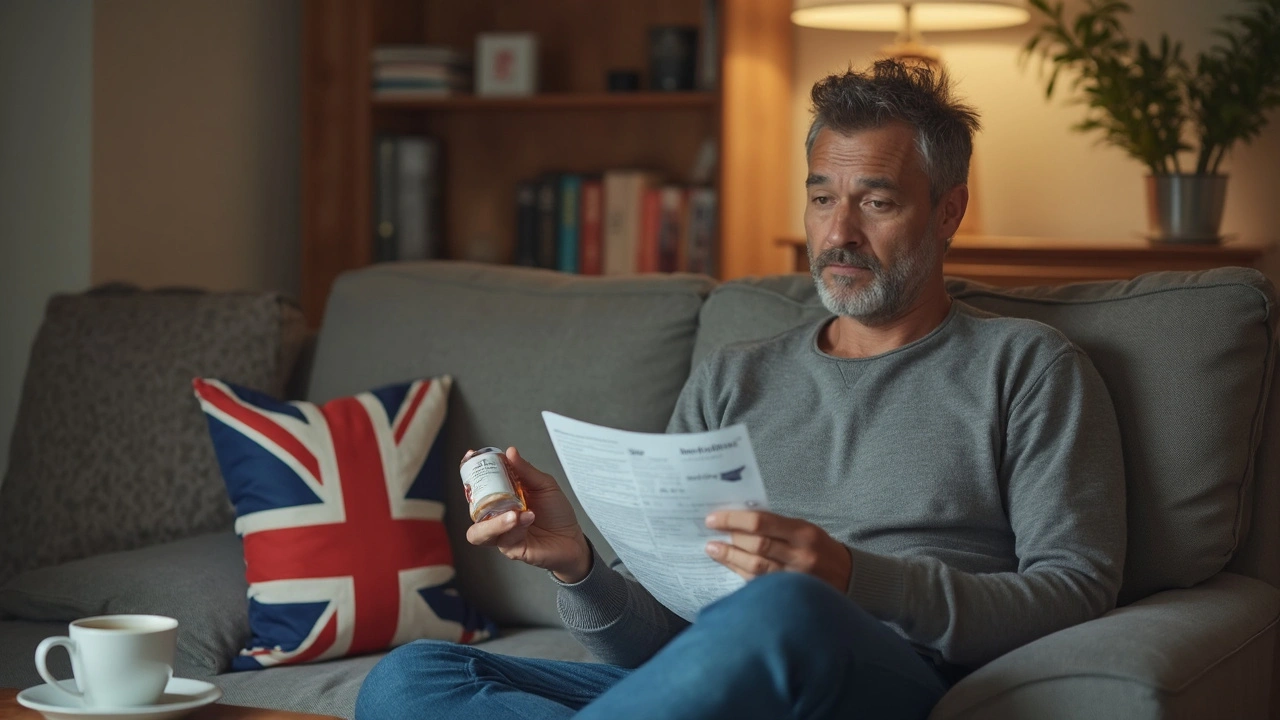Alcohol dependence — what it looks like and what to do
Alcohol dependence changes how your brain and body work. You might find it hard to control drinking, crave alcohol, or keep drinking despite problems at work, home, or with your health. If you feel stuck, you’re not weak — dependence is a medical issue that responds to treatment.
Signs and risks
Watch for these clear signs: needing more alcohol to get the same effect, trying and failing to cut down, spending a lot of time getting or recovering from drinking, and continuing to drink even when it causes relationship or health problems. Heavy, long-term drinking can lead to liver damage, mood disorders, memory problems, and an increased accident risk.
Withdrawal can be serious. Mild symptoms include anxiety, sweating, and tremors. Severe withdrawal may cause seizures or delirium tremens (confusion, high fever, hallucinations). If you or someone else has severe withdrawal signs, call emergency services — this can be life-threatening.
What helps: treatments that work
Treatment usually mixes medical care, medicines, and therapy. For many people, a short medical detox sets a safe start. After detox, counseling like cognitive behavioral therapy (CBT) or motivational interviewing helps change drinking patterns and build coping skills. Group programs — like mutual-support meetings or SMART Recovery — add ongoing peer support.
There are also medicines that reduce cravings and lower relapse risk. Common options include naltrexone (reduces the rewarding effects of alcohol), acamprosate (helps with long-term cravings), and disulfiram (causes unpleasant effects if alcohol is drunk). Doctors sometimes use other medicines off-label depending on your situation. Medication choice depends on your health, drinking history, and treatment goals.
Practical steps to get started: be honest with a healthcare provider about how much you drink; ask about a safe detox plan if you drink heavily; consider combining medication with counseling; involve a trusted friend or family member for support; identify triggers and plan how to avoid or manage them.
Relapse isn’t a failure — it’s a sign to change the plan. If you slip, talk to your provider and update your strategy. Small changes matter: regular sleep, eating well, exercise, and building new routines cut cravings and improve mood.
If you need help finding services, contact your primary care clinic, local addiction services, or a community health center. If you experience severe withdrawal, suicidal thoughts, seizures, or confusion, seek emergency care now.
You don’t have to handle alcohol dependence alone. With the right mix of medical care, therapy, and support, most people reduce drinking and regain control of their lives.
